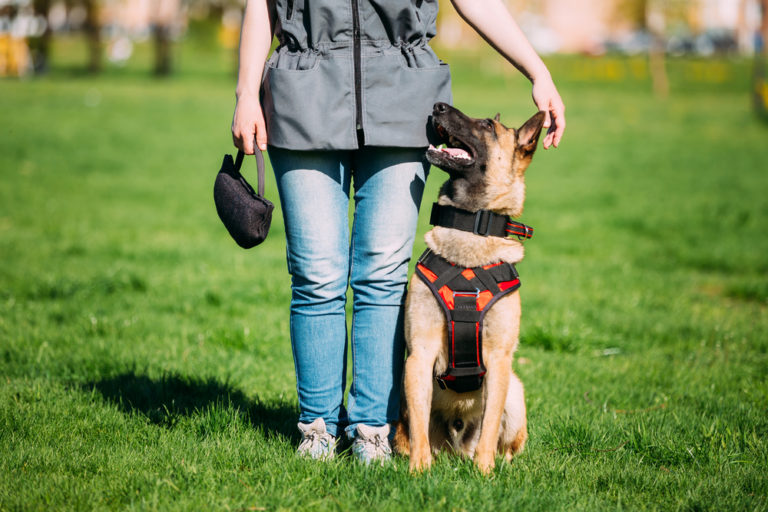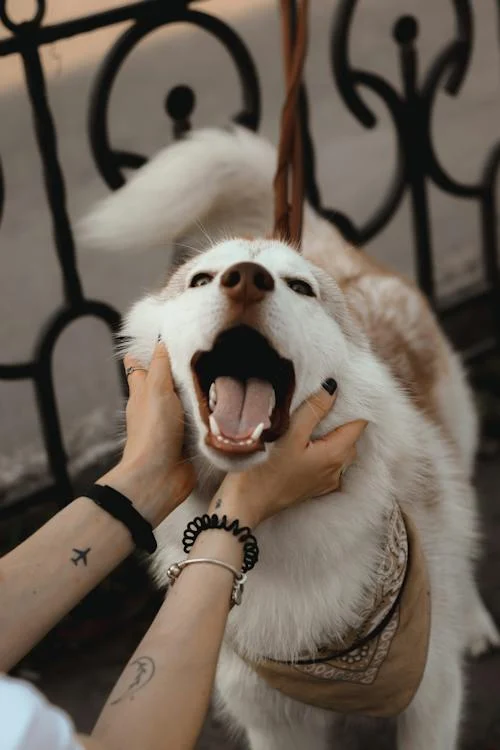Training a stubborn dog can be challenging, but with the right techniques and patience, you can one day build a harmonious relationship with them. In this article, we’ll take a deep dive into training your dog, providing practical tips, expert advice, and real-life examples.
Understanding dogs:
Before we begin training, we need to understand why some dogs exhibit stubborn behaviors. Dogs’ stubbornness is usually caused by many factors such as their breed, personality, past experiences, and environment. Once we understand their motivations, we can adjust our training methods accordingly.
Establish trust:
The key to successful dog training is building trust. We should cultivate an environment full of love and warmth. When the dog does the right behavior, we should give it appropriate encouragement and rewards to meet the dog’s basic needs. Dogs, like us, like to be affirmed. Playing with your dog and doing their favorite games and activities will make them happy, which will help you build a trusting relationship with your dog.

Training tips:
Positive Reinforcement:
Reward-based training is very effective for dogs. Use encouragement, praise, and rewards to reinforce desired behaviors and ignore or guide unwanted behaviors. Be careful not to hit the dog, as hitting the dog may cause them to develop a rebellious mentality.
Consistency and Patience:
Consistency is crucial in training. Always use the same commands, gestures, and rewards, and make sure other members of the family do the same when working with your dog. Without consistent commands, they can’t understand what exactly we expect them to do. For example, if you always strictly prohibit your dog from taking food from the table, but another family member often throws food to it from the table, your dog will always sneak to the table. In addition, patience is also important. Dogs need some time to understand and respond to our instructions.
Attention:
Stubborn dogs often have trouble paying attention. We can improve their concentration by using interactive toys and integrating games into training.
Break down the task:
The owner can break the task down into smaller, more achievable steps so that the dog can actively accept the training. This helps keep your dog interested and increases their willingness to participate. For example, if you are teaching your dog to “sit” start by asking her to stand up and reward her when she does. Then have it sit for a second before being rewarded, and gradually increase the duration it must hold that position until it is able to sit without being asked.
Use clear and concise commands:
Dogs respond best to simple and clear commands. Try to avoid using complex, hard-to-understand commands. Pairing each command with a specific hand gesture will make it easier for your dog to understand our commands.
Use distraction training:
Stubborn dogs can be easily distracted, especially in an environment with outside distractions. Gradually introduce distractions during training, starting with low-level distractions and gradually transitioning to more challenging ones. This helps your dog learn to focus and follow commands despite distractions.
Conclusion:
Training a stubborn dog requires dedication, patience, and perseverance. We need to understand the root causes of their stubbornness, work hard to build trust, use effective training techniques, and tailor training methods to the dog. What we need to understand is that each dog is unique, and the speed at which they progress in training may be different, but we need to calm down, not be impatient, learn to enjoy this process of taming furry children, and celebrate their success in training. Cherish every small step of progress along the way and cherish the friendship built bit by bit along the way.



